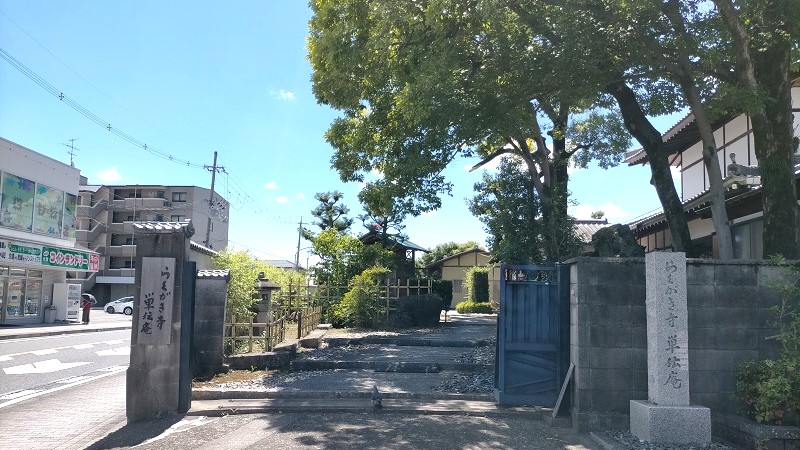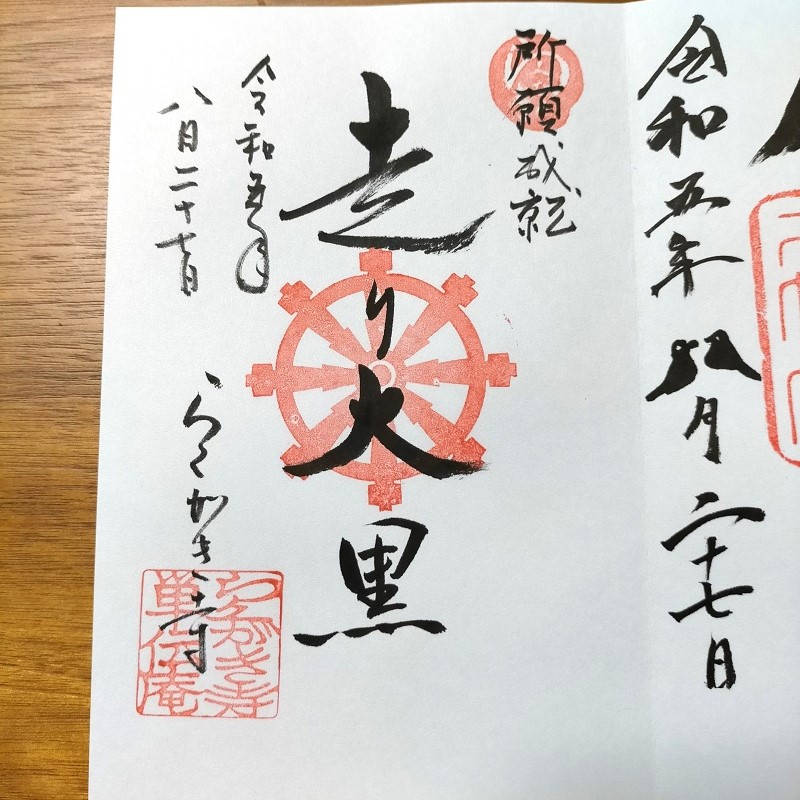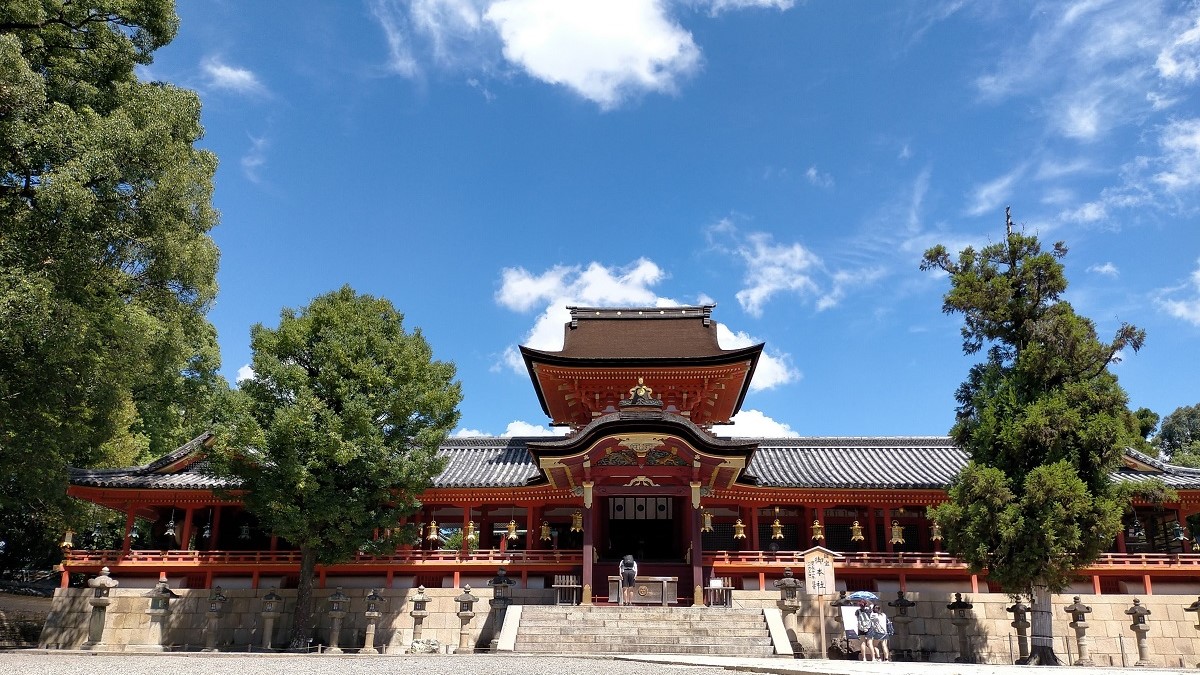TANDEN AN / A unique temple

The temple is in south kyoto. The temple has another name that is Rakugaki dera. Dera means temple, and the definition of rakugaki is graffiti. In the tanden an, there is a Daikoku-temple, and people who visit there write their resolution on the inner walls of the temple within the rules.

The viewpoints.
The Japanese garden is one of the viewpoints. There are so many plants and stone tower. Another viewpoint is that watching resolutions written on the walls. So many resolutions and pictures are written. It’s unique and interesting.
The roots of the custom.
Almost 60 years ago, the Daikoku-temple was rebuilt, and it cost arm and leg. Many people supported, then the Buddhist priest asked them that people who supported rebuilding wrote their resolutions on it. Because it’s easy to see resolutions written on the inner walls for Daikoku-ten. It continues until now and everyone can write their resolution on it. The end of each year, the inner walls are repainted, and people can write resolutions on the brand-new walls on the New Year’s Day.
The temple built around in 1800.
Around 200 years before, Tanden Buddhist priest settled Kuze-Kannon that is the God of saving people from hopeless situation on here. After that, Tanden-an was built and the Daikoku-temple in the Tanden-an was rebuilt around 60 years ago.
The rules for writing your resolution.
First of all, people pray at the temple. Initially, make an offering of 400 yen. It’s fee for pray and writing a resolution. First bow twice, and then clap your hands twice, then bow again. After that, people write their resolution within the following rules.
- Write a resolution which is most important for you.
- Fill your address and your name in form put on the desk.
- Use a prepared pen on the desk
- Write your resolution in small space for the reason that many people can write.
- Write your resolution on the white walls. (You might use a wooden frame put on the desk for checking space.)
- Put on offering into the offering box.
- Take free for bronchures.
The Goshuin-stamp

It’s Hashiri Daikoku means ‘Running Daikoku’ written in the center of the Goshuin-stamp. On the upper right, it’s kigan-jouju means ‘pray for accomplishment’. And the lower left, rakugaki-dera means ‘graffiti hermitage’. If you need the Goshuin-stamp, you have to ask the Buddhist priest of the temple. You can meet him at the building next to the Daikoku-temple.
Open
Open : 9 A.M. – 3 P.M. (every Saturday, Sunday and the first 3 days of the New Year)
If you are planning to visit the temple when the temple closed, you need to reservation before visiting there.
Access
Iwashimizu hachimangu Station (Station No. KH26) is the nearest station. Sub express and local train stop at the station.
From Kyoto station (JR line, No. JR-D01) : It takes around 40 minutes.
Kyoto Sta. (JR-D01) — JR line (Local) — Tofukuji Sta. (No. JR-D02) — walk to Keihan line — Tofukuji Sta. (No. KH36) — Keihan line (Sub, Local) — Iwashimizu hachimangu (No. KH26).
From Tofukuji Sta. to Iwashimizu Sta., every train (Sub express, Local) stops at Iwashimizu hachimangu Station.
From Kyobashi station in Osaka (Keihan line, No. KH04) : It takes around 30 minutes.
Kyobashi Sta. (No. KH04) — Keihan line (Limited) — Hirakata Sta. (No. KH21) — Keihan line (Sub, Local) — Iwashimizu hachimangu (No. KH26).
If you want to go Iwashimizu hachimangu station without changing trains, sub train is useful from Kyobashi station. It takes more time than limited express, but it stops at Iwashimizu hachimangu station instead. Limited express doesn’t stop at Iwashimizu hachimangu station.
JR line (No. H41, O08) and Keihan line (No. KH04) has Kyobashi sta., these stations are close each other. You can change lines at both Kyobashi Station.

